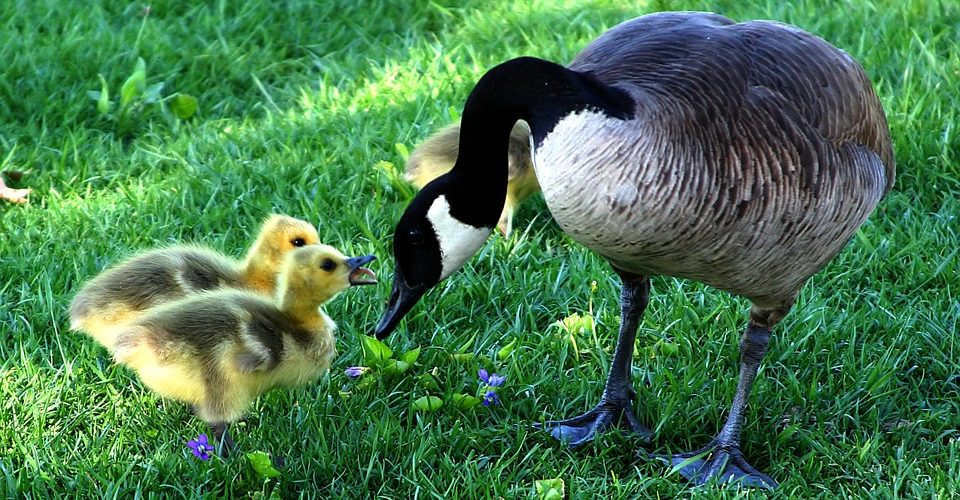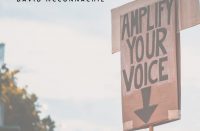Rebuilding the economy after the COVID pandemic will be complex, challenging, and long-lasting. Almost every part of our economy has suffered. Some sectors may rebound quickly, but many will take years to recover fully. National, provincial, and local recovery planning is essential and so is a broad-based buy-in. The process must include small businesses, civil society, public and private institutions, consumers, corporations, and investors large and small.
The good news is that Canada, at this writing, has handled the crisis relatively well and our broad solidarity in the response suggests that our society has the capacity, in time, to emerge better than it was. We can aim for something beyond ‘getting things back to where they were’. With this very idea in mind, back in May, a coalition of Canadian civil society groups put forward six principles for a just COVID recovery:
1) Put people’s health and wellbeing first, no exceptions
2) Strengthen the social safety net and provide relief directly to people
3) Prioritize the needs of workers and communities
4) Build resilience to prevent future crises
5) Build solidarity and equity across communities, generations, and borders
6) Uphold Indigenous rights and work in partnership with Indigenous peoples.
A better future, as envisioned in these principles for a just recovery, requires significant environmental protection and social equity improvements. Recovery is thus both a challenge and an opportunity, since the three core needs of better environmental protection, greater social equity, and inclusive nationwide economic recovery, can be achieved simultaneously.
These changes are possible because this economic recovery requires investing to create new products and services, build new infrastructure, and alter many institutions.
Recovery is thus both a challenge and an opportunity, since the three core needs of better environmental protection, greater social equity, and inclusive nationwide economic recovery, can be achieved simultaneously.
The good news is that interest rates are low and almost certain to remain low for years, which will make this essential spending possible as public and private borrowing will be more manageable. Extensive recovery expenditures will allow a rethinking of many of the things we do and how we do them. It provides the opportunity to do more than just ‘restore’ what we had. COVID has shown Canadians that many aspects of our society and economy can and should be improved, with long term care facilities emerging as one of the most evident examples.
Almost all of us rearranged our lives over the past five months. We have collectively learned just how adaptive we can be, and we have also learned that we can function very well as a society under pressure. Leaders of almost every political stripe adapted to the task at hand and societal and community leadership emerged everywhere. We now know we can create and undertake a multidimensional recovery. Many components of that effort readily lend themselves to serving all three core needs. Why would we not improve the environment and social equity at the same time as we rebuild our economy?
Our economic recovery will need to create construction, manufacturing, and commercial jobs (restoring, in the latter case, many hard-hit small retail businesses). Many design and construction jobs are associated with green infrastructure innovations, from high speed rail in heavily travelled corridors to building complete streets that are safely accessible to cyclists, pedestrians, and cars. This is also an opportunity to retrofit houses and offices for energy efficiency and to manufacture and install improved heating and cooling systems suited to Canada’s climate.
One of the most important reasons green economic actions fit well with COVID recovery is that they require a broad range of skills and have the capacity to distribute work opportunities from coast to coast to coast within urban, suburban and rural settings. They also require innovation and new skills and products that can be used throughout the nation and elsewhere in the world. I will close with a few examples.
Renewable energy production and energy efficiency lend themselves to geographic distribution. Wind energy is abundant along Canada’s thousands of miles of coastline and throughout our rural landscape. From Newfoundland to the Great Lakes, to the prairies and the North, wind energy is supplying locations otherwise powered by high cost fossil-fuel generators. Solar installations and energy efficiency retrofits can create construction jobs in urban areas and First Nations reserves.
The job skills required for these renewable energy projects include everything from electricians, plumbers, carpenters, transportation workers and heavy equipment operators, to manufacturing workers, metal workers, researchers, engineers and technology innovators (especially in energy storage and new distribution systems).
Renewable energy is also a safe, consistent yield, investment opportunity. Geographically dispersed and innovative green COVID recovery possibilities go well beyond renewables and energy efficiency. I will mention four others, the first two just in passing: the electrification of transportation be it rail, buses, trucks or automobiles (where the key to success here is continuous battery advances), and the restoration of habitats including forested areas, grasslands and wetlands.
Also important is the potential for environmental innovation in Canadian agriculture. One possibility is small scale year-round vegetable production (or extended-season agriculture in the far North) with little or no fossil heating. Large greenhouses for cool weather and frost resistant crops like peas and spinach embedded below the frost line can be surprisingly productive. As well, carbon farming (storing carbon in the soil) improves crop yields while reducing atmospheric carbon and methane.
Green building design and construction can be another interesting area to develop, incorporating new and innovative building materials. Buildings can go beyond low or even zero energy. They can be carbon sinks that incorporate agricultural wastes or wastepaper that might otherwise end up in landfills, where they release greenhouse gases on decomposition. Embedded in building materials they add to material strength and insulation.
Green investments often produce more jobs and are better long-term investments than fossil fuels or other extractive industries that Canada has generously helped in the past.
Carbon-embedding hemp can become what is called hempcrete (See, for example, Chris Magwood, Sustainable Home Design). There are numerous embedded carbon building materials that could create new Canadian manufacturing opportunities. Green job and investment opportunities, perhaps aided by government infrastructure and research funding, are numerous. Green investments often produce more jobs and are better long-term investments than fossil fuels or other extractive industries that Canada has generously helped in the past. As many provinces begin re-opening and creating recovery plans, let’s ensure that we rise to the challenge of recovering a society better than the one in which we lived before the pandemic.
This article is featured in our latest issue: Invest in Change. For a limited time, Alternatives Journal is releasing FREE digital downloads, valuing at $250,000 for the first 50,000 interested Canadians! Check out this link to qualify!
Robert Paehlke is a professor emeritus at Trent University where he taught environmental policy and politics for 35 years. About 40 years ago, he envisioned a magazine that was both scientifically sound and journalistically interesting, and Alternatives was born. “Bob P,” as we call him, sits on the magazine’s editorial board and he contributes articles and blog posts as often as we can trick him into it.













